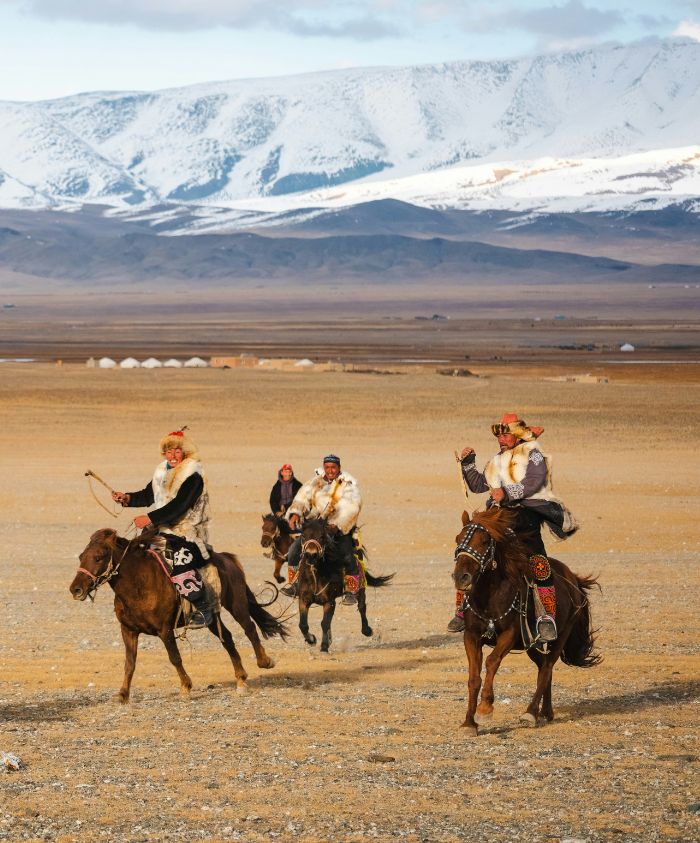During the course of our adventure, the existence of this cocoon was simultaneously confirmed and challenged as we met some of the remarkable individuals that work to keep these ecosystems protected. Tom Hall, Head of Security on the Malilangwe Reserve and in charge of a team of 92 rangers who patrol and protect the 140km perimeter fence. Dave Wright, Environment Manager for Singita’s conservancies in the Kruger National Park. And finally, Stefaan and his beautiful Belgian Malinois, Luna, both members of the K9 unit that operate an anti-poaching programme in the Sabi Sand.
What I realised in the course of the insightful conversations that we shared with Tom, Dave and Stefaan is that while the cocoon most certainly exists, it is not a natural occurrence. It is created by the tireless work and steadfast commitment of Singita and their extraordinary team of rangers, conservationists, guides, environmental experts, and operations teams that prioritise, above all else, the protection of the lands that they are custodians of.
It is a privilege to spend time in these wondrous environments and it is also a privilege to be exposed to the vulnerability of them. What the work and commitment of Singita allows for is the flourishing of a delicate ecosystem and the opportunity for that ecosystem to be experienced. For me, it was an experience of falling in love with a place, a people and a perspective on our natural world.

























